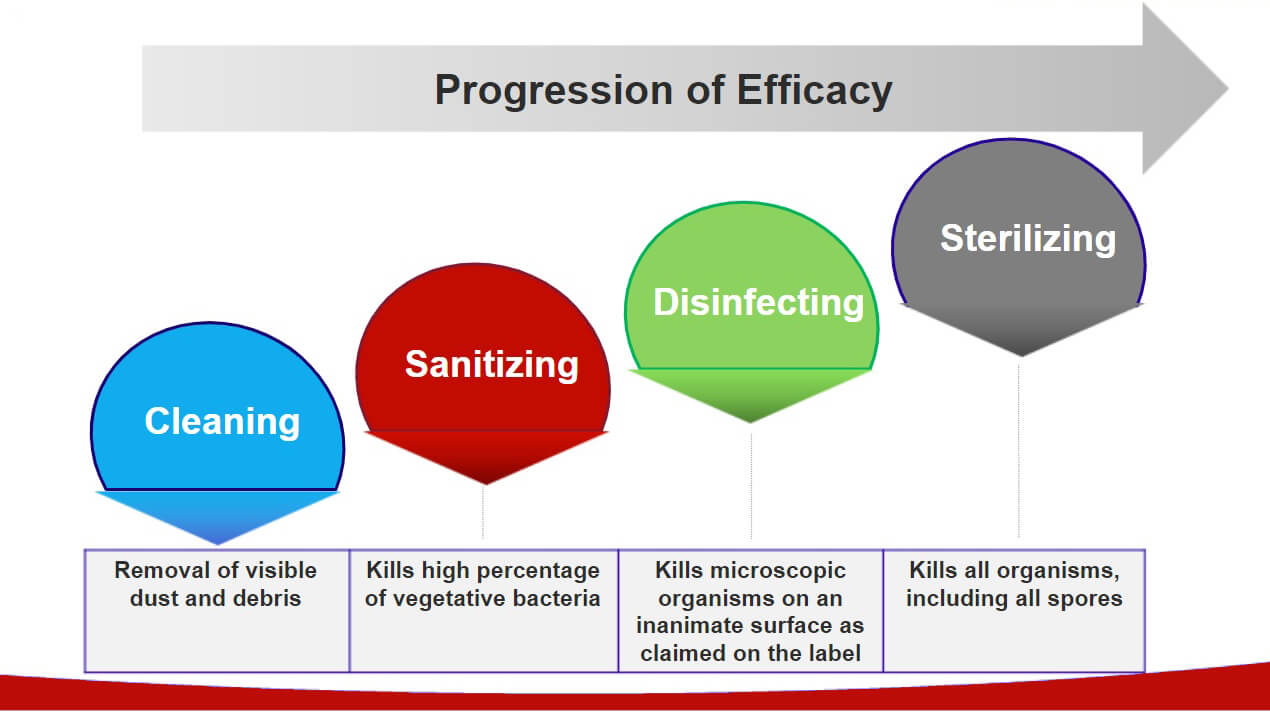Wintertime brings snow sports, holidays, and plenty of family time. However it also brings with it elevated concern for the spread of illness during flu season. It seems no matter which way you look, there is a friend, child, or coworker coming down with a cold, flu, strep throat, or even pneumonia. Beyond these “normal” seasonal illnesses, in 2020 we now on alert due to the spread of Corona Virus.
With such a variety of illnesses, germs, and bacteria to worry about, what steps can be taken to ensure you stay healthy this winter? Besides the obvious handwashing, covering your cough or sneeze with your elbow and practicing good nutrition, there may be more you can be doing! In crowded environments such as schools, hospitals, gyms or your workplace, it is paramount that you talk with your janitorial service provider to see what additional services they offer as proactive measures to reduce the spread of germs and bacteria.
C.M.
Cleaning Company’s answer is the new state-of-the-art Clorox 360 Total
Disinfectant System. This machine combines the disinfecting power of Clorox
cleaning agents with electrostatic spraying technology making virtually any
surface in your facility able to be disinfected. This machine emits an
electrostatically charged mist, that immediately clings to any surface it is
aimed at. This greatly reduces the amount of airborne chemical, and ensures
that whatever surface is sprayed, is completely disinfected.
The Clorox 360 Treatment will:
– Kill 99.9% of all bacteria on these items
– Kill 44 potential organisms including cold and flu viruses, MRSA, Staph, Coronavirus, and norovirus
– Eliminate odors (especially in any bathrooms)
– Inhibit the growth of mold and mildew
The Clorox Total 360 disinfecting cleaning agent is NOT a bleach, so it is safe on colored materials and fabric and is EPA registered to kill 19 illness-causing organisms in 2 minutes or less. This one-step, “no-wipe” disinfectant is safe to spray on virtually any surface. From keyboards to telephones, door handles to cafeteria tables and countertops, Clorox Total 360 disinfects them all! This winter allow C.M. Cleaning to give you confidence and peace of mind!




